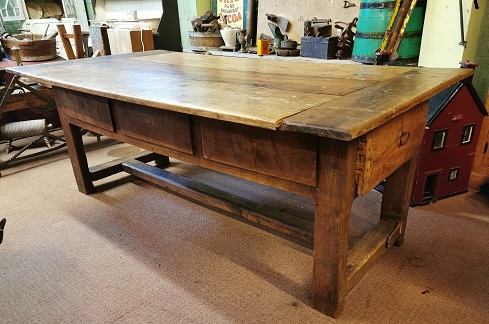Irish Country Furniture – What is Vernacular Furinture
After a fantastic start to 2020 with our January Pub Memorabilia and Advertising Sale last week, the team here at Victor Mee Auctions is already abuzz again in preparation of our next offering of antique treasures in the Irish Country Interiors Sale on February 26th.
While Victor Mee boasts expertise aplenty, his passions tend to be a little more reserved. Irish country furniture just so happens to be one of them. And it is safe in that knowledge you can rest assured that the contents of our upcoming sale will comprise of nothing less than the finest, high quality and most unique hand-selected pieces of vernacular furniture and decorative items to hit the auction block in recent times.
Next week, we’re going to sit down with the big man and get it from the horses’ mouth just why he loves this type of furniture so and why we think you should too.

Until then, just what exactly is vernacular furniture?
The term vernacular, in its usual definition, is “the language or dialect spoken by ordinary people in a particular region.” And so, simply put, vernacular furniture is the furniture of those ordinary people and their region is Ireland.
Life in rural Ireland in the late 18th and early 19th centuries was a schlep. Families, living largely in poverty, woke every day with the sun. They worked the land, digging turf and potatoes, they tended animals and took care of children and household duties. They were required to pay large quantities of their already meager income to their British landlords and, of course, to the church in the form of tithes.
Furniture in the early rural Irish home was a luxury. Affording the fashionable and decorative pieces that garnished the homes of the more affluent members of society was simply out of the question. So it is fair to say that vernacular furniture was born out of necessity.
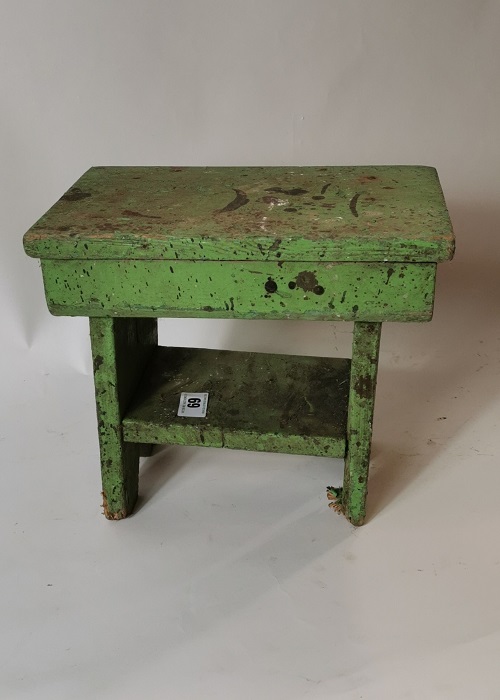
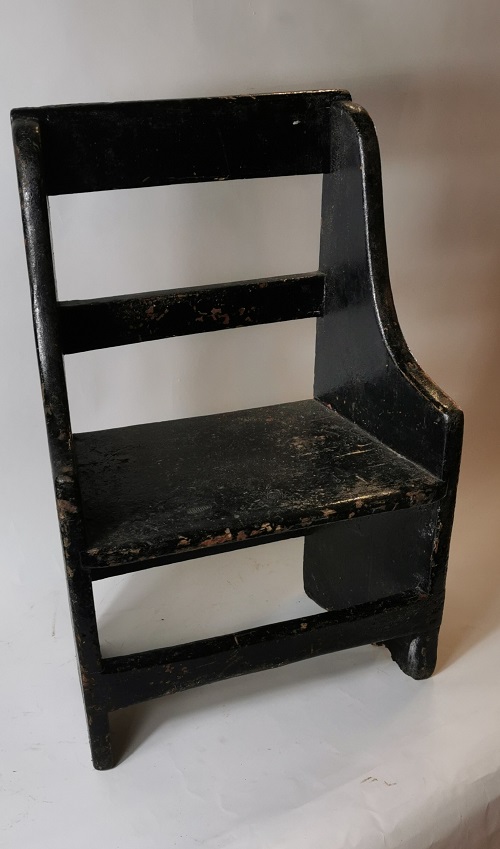
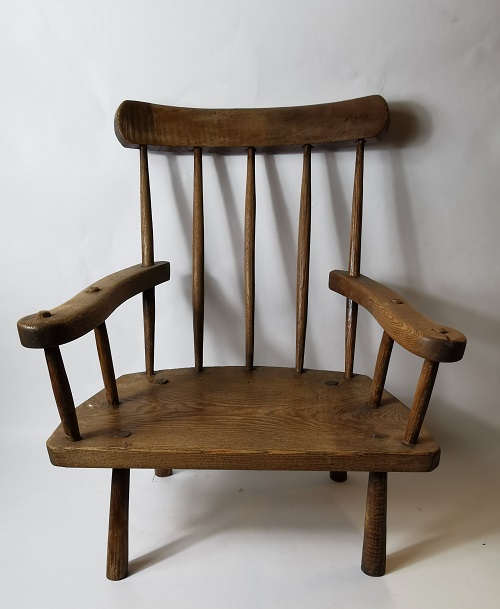
Children needed a bed in which to sleep. Women needed meal bins in which to store their flour, their corn and oats. A stool on which to perch and use the washboard, or milk a cow was valuable in the day to day life of the simple Irish family. The dresser, probably the most prized piece in the home, served not only as precious storage, but as a discreet injection of personality into an otherwise very work-orientated and functional space. The dresser was often painted, perhaps even slightly embellished, and was used to display cherished collections of sponge ware ceramics (a beautiful collection of which is also included in the sale) and family heirlooms.
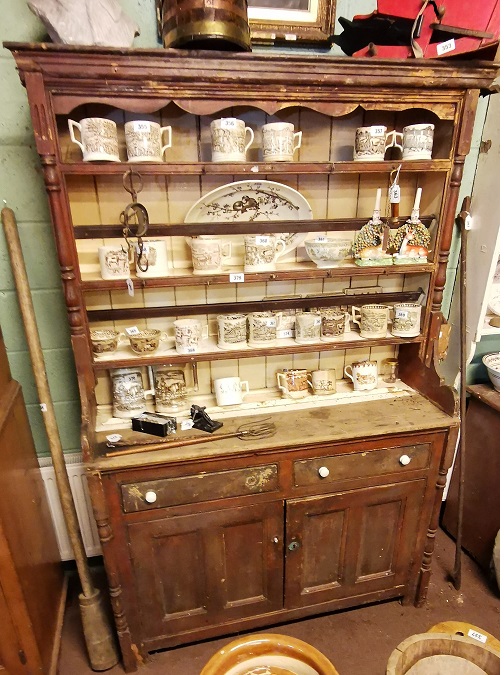
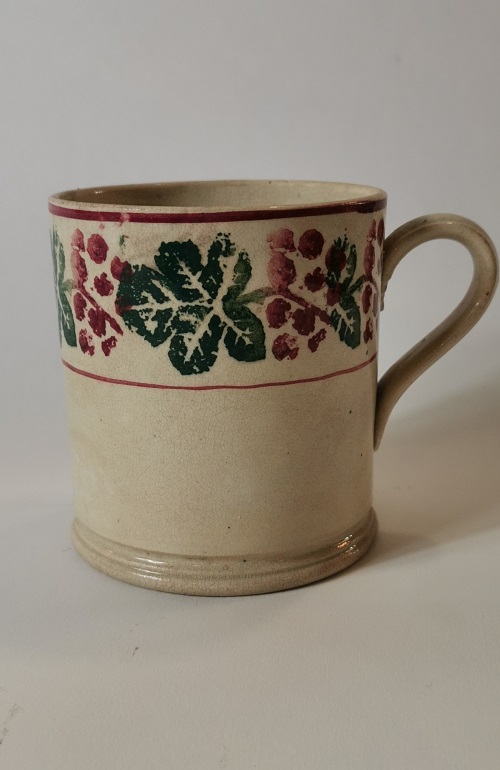
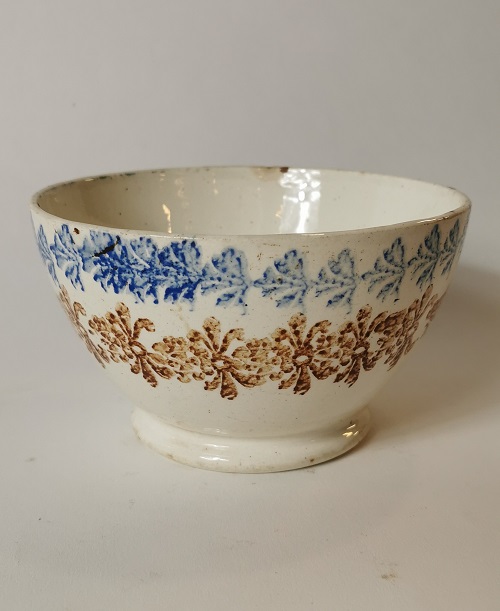
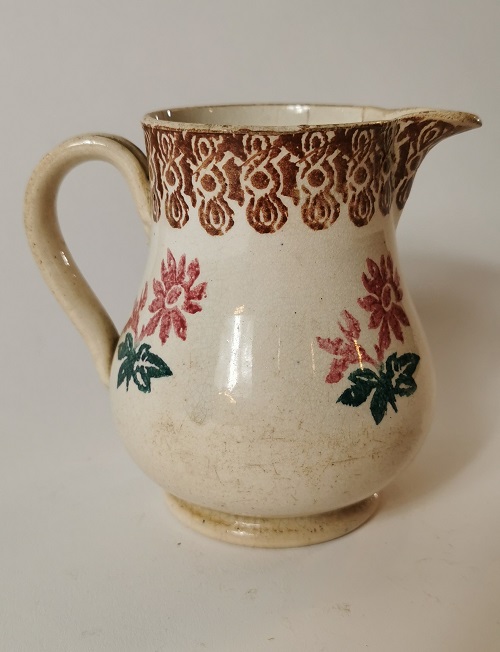
The vernacular Irish home was simple and functional. The scarcity of means and resources meant that furniture was contingent on the availability of materials and the people that could work with them. Many pieces of furniture from old Ireland were made from pine. It was cheap, available and easy to work with. Furniture that wasn’t made by the homeowner themselves was usually made by the same local men that crafted carts and coffins. Mortise and tenon joints acted in place of nails and screws. Wood was often uneven and blemished. These pieces were rarely made by professional carpenters. Rather, the common person saw a need and met it.
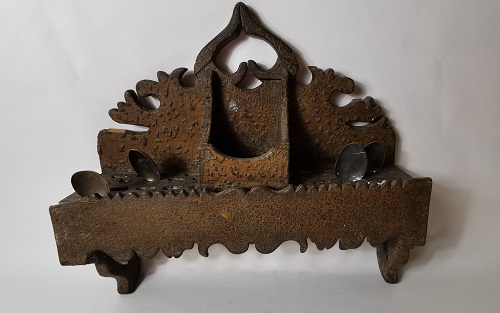
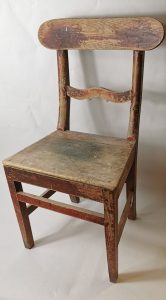
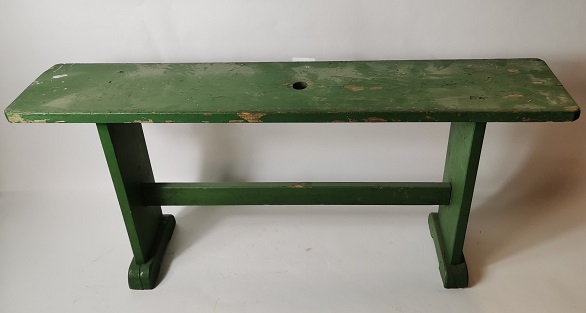
Consequentially, vernacular furniture is often primitive in its form. It has a tendency to appear a little bit rugged, a little bit unsophisticated and a whole lot charming. While the simplistic nature of these pieces can see them overlooked by some seeking out something with a little more flair, the innate beauty of the Irish country piece lies, in fact, in that very simplicity. Vernacular furniture nods emphatically to a way of life we are far removed from today, but one that we, as Irish people, feel still strongly connected to. It is the furniture of our Grandmother’s Grandmother. It is our history. It is our ancestry.
The Victor Mee Auctions Irish Country Interiors sale will take place in our Cloverhill saleroom on February 26th at 5:30 pm.
